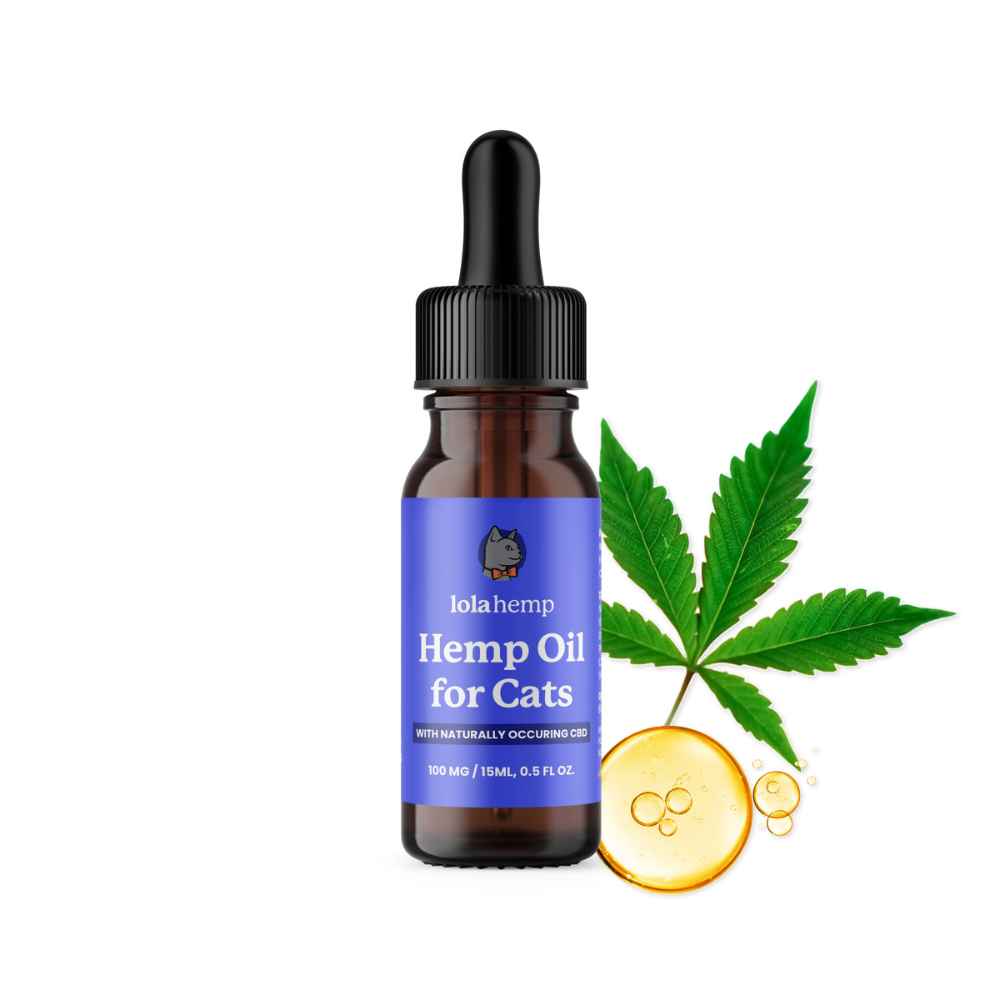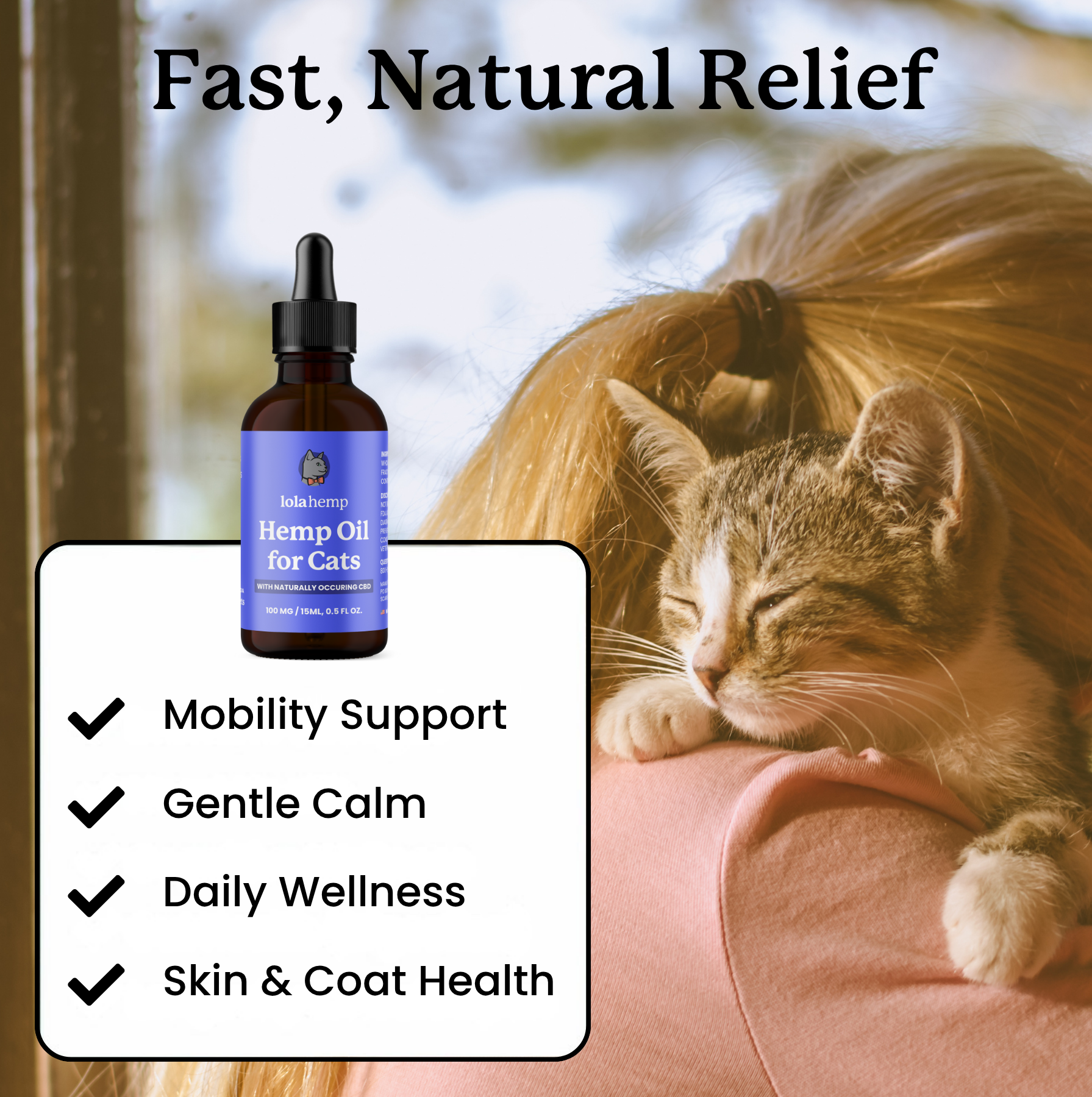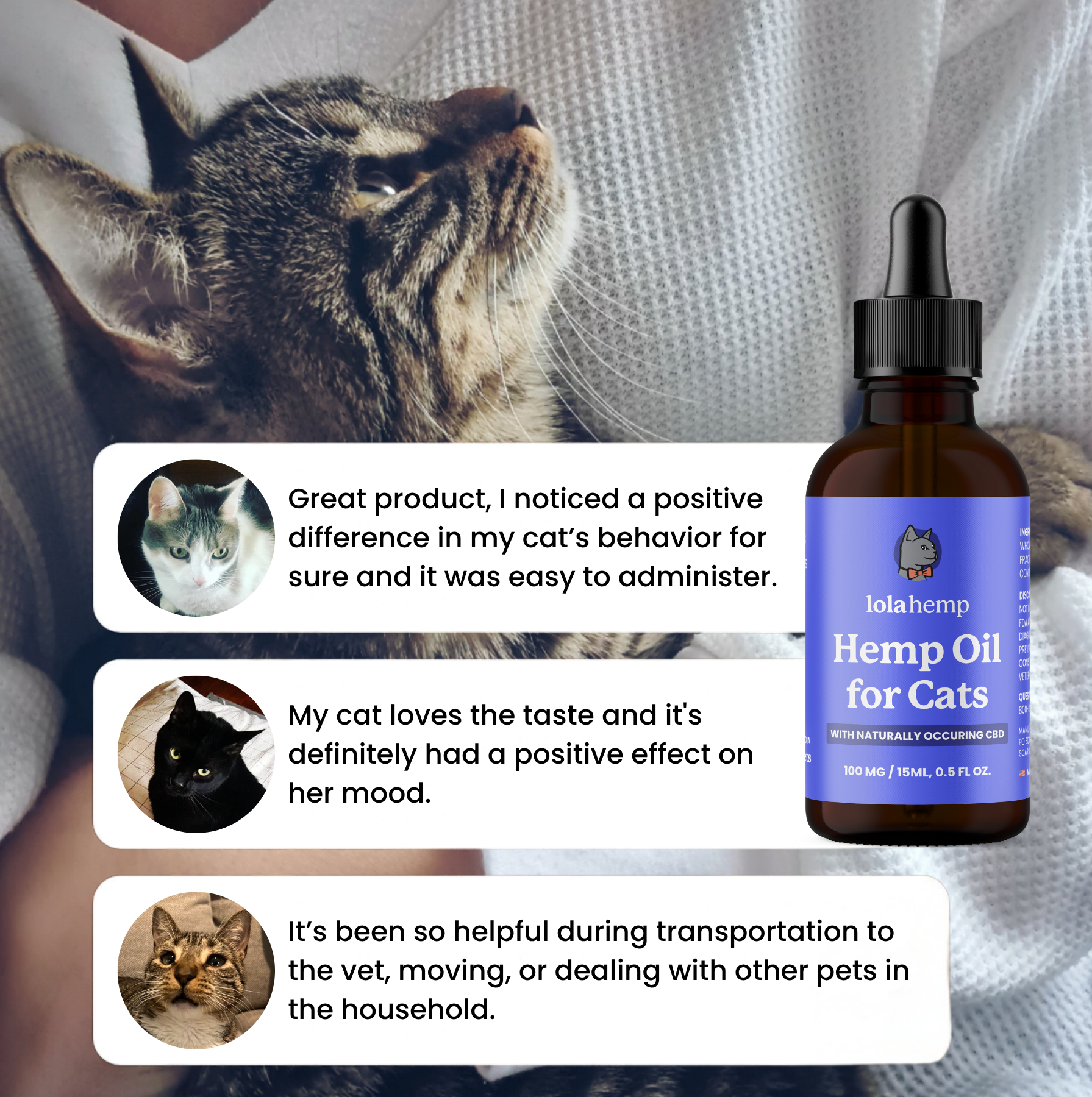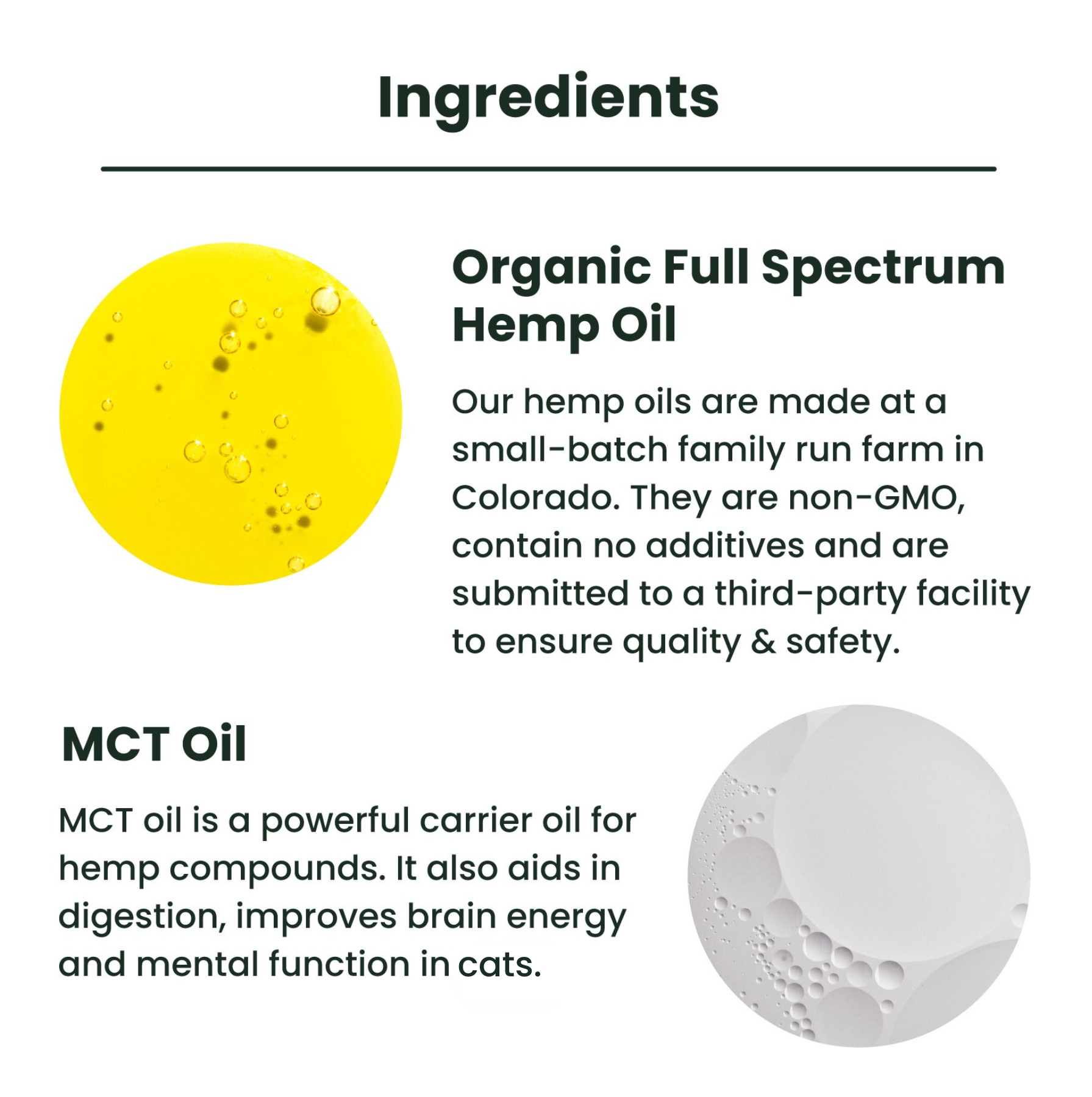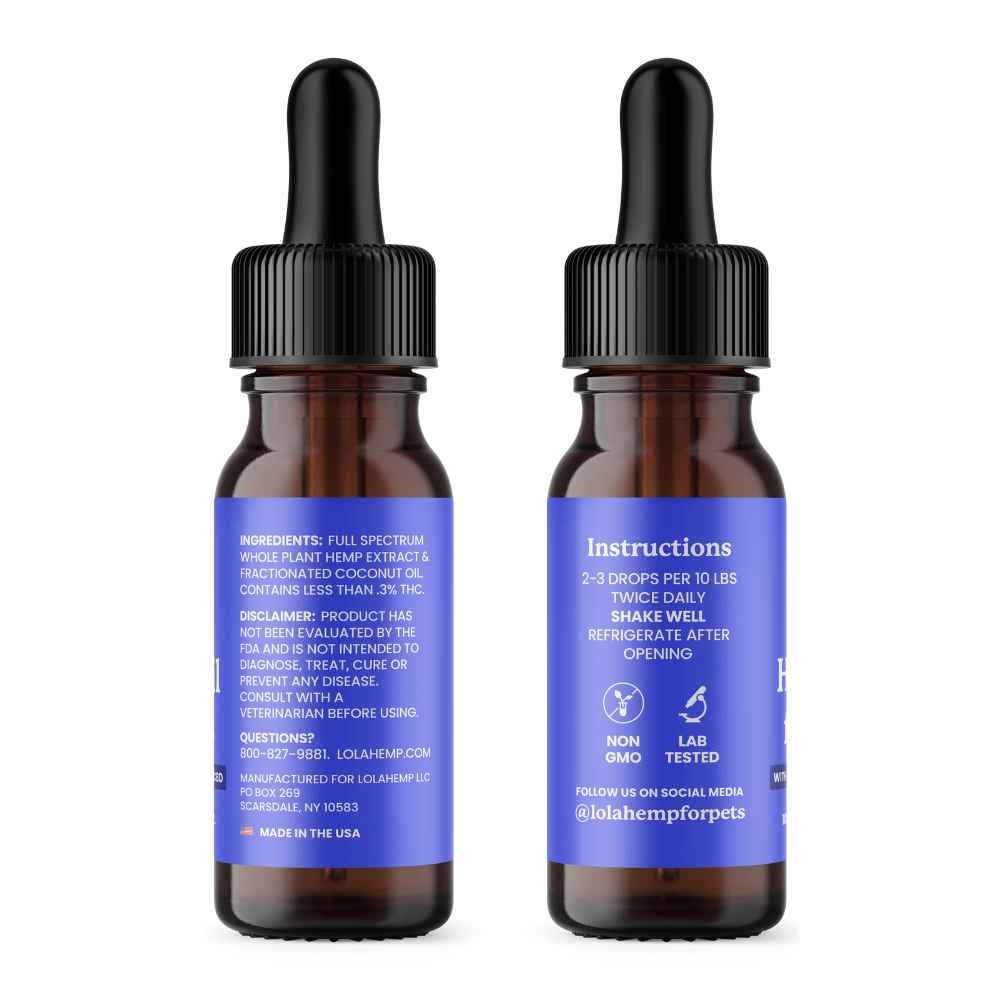Feline hip dysplasia involves abnormal hip joint formation where the ball and socket do not fit together properly, leading to joint instability, joint pain, and eventually arthritis.
Although less frequently diagnosed in cats, this disease can significantly impact their quality of life, causing discomfort, decreased mobility, and altered behavior. This article covers the causes, preventions, and natural solutions to hip dysplasia discomfort in cats for concerned owners.
What are The Causes of Feline Hip Dysplasia?
Several factors contribute to the development of hip dysplasia in cats, primarily:
- Certain breeds of cats are more likely to have hip dysplasia
- Overfeeding in kittens can lead to rapid growth which contributes to hip dysplasia
- Excessive exercise can cause damage that leads to hip dysplasia
1. Genetics:
Certain breeds are more genetically predisposed to developing hip dysplasia, including Maine Coon, Persian, and Himalayan breeds. Studies have indicated a significant hereditary component, suggesting that the condition can be passed down through generations.
2. Nutrition:
Overfeeding and rapid growth during kittenhood can exacerbate the development of hip dysplasia. Excessive weight gain can place additional stress on the developing joints, leading to malformation and instability.
3. Activity Level:
While moderate exercise is beneficial, excessive or inappropriate physical activity can lead to joint damage and increase the risk of developing hip dysplasia.

How to Prevent Hip Dysplasia in Cats
Preventing hip dysplasia involves a combination of the following nutritional and environmental strategies aimed at minimizing the risk factors associated with the development of this condition:
- Diet and supplementation can help prevent symptoms
- Controlling weight and monitoring extreme exercise are important
- Staying in touch with your veterinarian and creating a prevention plan can be very helpful
1. Proper Nutrition
Providing a balanced diet during a cat’s growth phase is crucial. Avoiding overfeeding and ensuring that kittens receive appropriate levels of nutrients can prevent rapid growth and excessive weight gain, which are risk factors for hip dysplasia. Specialized diets formulated for growing kittens can help maintain an optimal growth rate and support healthy joint development.
2. Weight Management
Maintaining an optimal body weight throughout a cat's life reduces the stress on hip joints. Preventing obesity through controlled feeding practices and regular monitoring of body weight is essential. For adult cats, regular exercise and portion-controlled feeding can help maintain a healthy weight and support joint health.
3. Controlled Exercise
Appropriate exercise is vital for developing strong muscles that support the joints. Providing a balance of activity that promotes muscle development without overexerting the joints is important. Controlled play and avoiding high-impact activities can help prevent joint damage during the critical growth periods.
4. Regular Veterinary Check-Ups
Regular veterinary check-ups can help detect early signs of hip dysplasia. Early intervention and management strategies can be implemented if any abnormalities are detected, potentially mitigating the progression of the disease.

Signs That Your Cat Has Hip Dysplasia
The clinical signs of hip dysplasia in cats can vary widely, ranging from subtle to severe. In some cases, cats may exhibit no obvious signs, making diagnosis challenging. Common clinical signs include:
- Limping and intermittent lameness are signs of the discomfort and pain of hip dysplasia
- Reduced activity could signal hip discomfort
- Changes to gait and stiffness in the legs are also signs
1. Lameness
Lameness is one of the most common signs of hip dysplasia in cats. Affected cats may exhibit a limp or favor one hind limb over the other. The lameness can be intermittent or persistent and may worsen after physical activity or prolonged rest.
2. Pain and Discomfort
Pain and discomfort are significant signs of hip dysplasia. Cats may vocalize when their hip area is touched or manipulated, or show discomfort when jumping or climbing.
3. Decreased Activity
Cats with hip dysplasia may become more sedentary and less willing to engage in physical activities or climb.
4. Stiffness and Reduced Range of Motion
Stiffness, especially after rest, is common. Cats may struggle to rise or show reduced mobility.
5. Altered Gait
Many cats demonstrate a swaying gait or bunny-hopping motion due to discomfort and joint instability.
6. Behavioral Changes
Cats may become irritable, withdrawn, or alter grooming habits due to hip discomfort.
7. Muscle Loss
Chronic pain and reduced limb use can lead to muscle atrophy in the hindquarters.
8. Grinding or Popping
Veterinarians may detect crepitus or joint laxity during examination in advanced cases.

How to Treat Your Cat's Hip Dysplasia
The treatment of hip dysplasia in cats depends on the severity of the condition and the individual cat's overall health. Treatment options can be broadly categorized into conservative management and surgical interventions as follows:
- At home management and physical therapy are options to significantly help symptoms
- If symptoms are advanced enough, surgery may be required
1. Conservative Management
Weight Management: Reducing excess weight lessens joint stress.
Exercise Modification: Low-impact, controlled movement helps maintain muscle and flexibility.
Pain Relief: Anti-inflammatory medications and pain relievers may be prescribed.
Nutritional Supplements: Glucosamine, chondroitin, and omega-3 fatty acids may support joint health.
Physical Therapy: Hydrotherapy and targeted exercises can improve strength and mobility.
2. Surgical Intervention
Femoral Head and Neck Excision (FHNE): Removes the femoral head to reduce pain.
Total Hip Replacement (THR): Replaces the entire hip joint; highly effective but costly.
Juvenile Pubic Symphysiodesis (JPS): A preventive surgery for at-risk kittens.
What's The Average Cat Hip Dysplasia Surgery Cost?
- Femoral head replacement: $1,000–$3,000
- Total hip replacement: ~ $4,000 per hip
- Bilateral hip replacement: $7,000+
Costs vary based on severity, location, and clinic. Some insurance plans may cover part of the expense.
Conclusion
Hip dysplasia in cats is a degenerative joint condition that can cause pain, reduced mobility, and arthritis. It is more common in purebred cats such as Maine Coons, Persians, and Himalayans. While severe cases may require surgery, many cats benefit from conservative treatments like weight control, joint supplements, and pain management.
Preventive care, responsible breeding practices, and proper nutrition play key roles in reducing the risk of this disease. Ongoing research continues to improve our ability to diagnose, manage, and prevent feline hip dysplasia.
Frequently Asked Questions About Feline Hip Dysplasia
What are the first signs of feline hip dysplasia?
Early signs include limping, stiffness, decreased jumping, and reduced activity levels.
Can cats live comfortably with hip dysplasia?
Yes. With weight management, pain control, and lifestyle adjustments, many cats live comfortably for years.
Is hip dysplasia in cats reversible?
No. Hip dysplasia cannot be reversed, but symptoms can be managed effectively with treatment.
What breeds are most at risk for hip dysplasia?
Maine Coons, Persians, and Himalayans have higher genetic predisposition.
When should a cat with hip dysplasia get surgery?
Surgery is considered when conservative treatments fail or mobility becomes severely limited.

